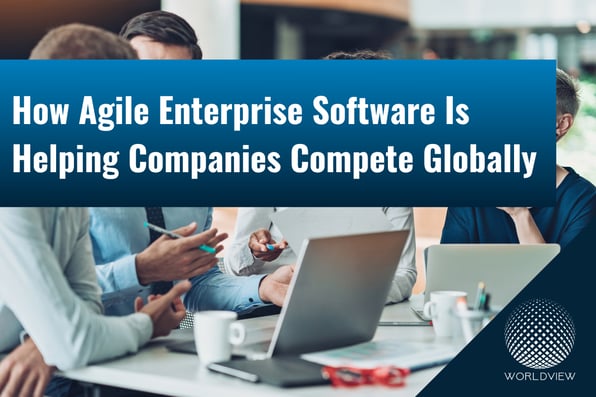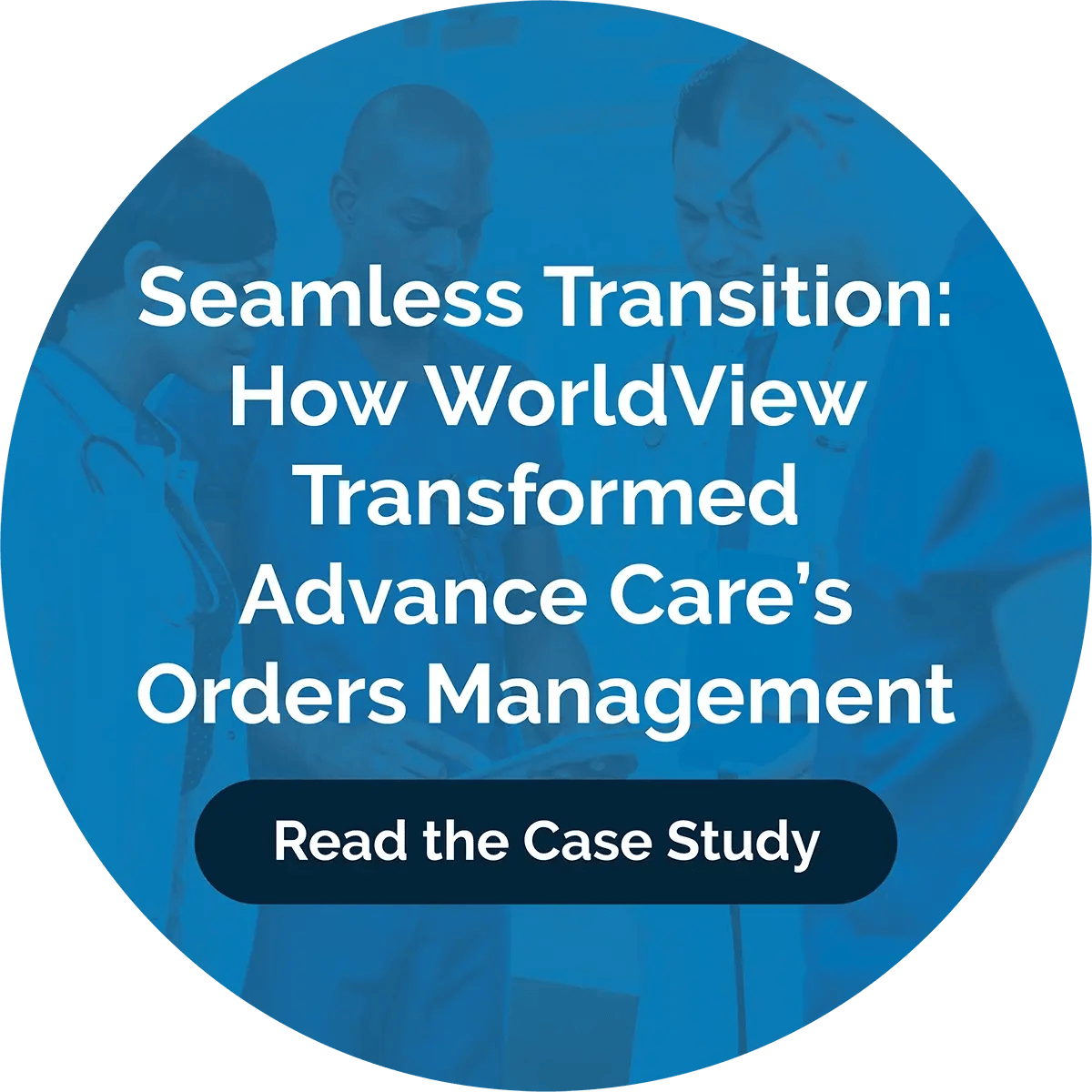How Agile Enterprise Software Is Helping Companies Compete Globally

Your business needs to innovate and quickly adapt to changing market conditions to stay competitive. Unfortunately, if your company still relies on inflexible traditional systems, you may find it challenging to overcome issues such as market shifts, labor shortages, and supply chain disruptions.
That's why agile computer software is no longer optional, but a must-have for your company if you want to compete globally.
Defining Agility in Enterprise Software
Agile is a set of principles and values that help teams stay as nimble as possible. These principles and values were developed in 2001 by 17 software developers who wanted to refine the traditional software development process, which they found cumbersome.
Since then, the agile framework has been adapted across various industries, including marketing, healthcare, and finance.
When it comes to enterprise resource planning (ERP) software, agility isn't solely focused on the software development process; rather, it's a collection of beliefs that influence how teams make decisions. Some key features of agile ERP software include the following.
Adaptability to Business Logic and Process Changes
The fourth principle of the Agile Manifesto states that teams should dynamically respond to changes rather than following a rigid plan. Teams that use traditional systems typically rely on inflexible, static plans. In contrast, agile teams quickly adjust to evolving circumstances, promoting effective change management.
For instance, agile teams don't work in isolation. Instead, they regularly solicit feedback from customers and incorporate it into their processes to keep up with changing demands.
Configurability vs. Customization
Agile ERP software allows teams to rapidly make changes using prebuilt tools provided by the software developer. For example, an agile ERP system allows you to configure which team members can perform certain transactions based on their roles.
On the other hand, software that isn't agile prioritizes customization rather than configurability. This means it relies on skilled software developers to make source code changes to add new features or alter existing ones.
The Problems With Legacy ERP Modifications
Modernizing legacy systems comes with many challenges, so it's no wonder that seven out of 10 digital transformations fail. Some common issues with legacy ERP modifications include the following.
Costly Development Cycles
About three out of five traditional organizations use waterfall project management practices. The waterfall methodology takes a linear approach to project management, wherein each stage flows sequentially like a waterfall.
For instance, a conventional software development process that follows the waterfall model usually consists of the following stages: analysis, design, development, and testing. Each stage depends on deliverables from the previous stage, meaning professionals must complete each stage before proceeding to the next one.
While the waterfall approach has its pros, it can prove to be costly, especially if early-stage changes are required during the latter stages of the development process.
Long Delays
The waterfall method can also result in long delays since each stage must be completed before you can move on to the next. For example, if an issue arises during the design phase, it won't be possible to proceed to the next phase until the issue is resolved.
WorldView’s Role in Agile Operations
Adhering to agile practices can simplify your business's processes. Whether you want to reduce your costs or avoid delays, here's how WorldView's enterprise solutions can help.
No-Code Workflow Changes
Writing new code to make workflow changes can take substantial amounts of time and effort, especially if you aren't conversant with programming languages.
Our no-code/low-code enterprise tools, such as our document workflow software, eliminate the need for manual coding. They come with drag-and-drop functionality, allowing you to quickly make changes without writing any code.
DMSi and ERP Integrations
DMSi's Agility ERP is a comprehensive solution designed specifically for the building materials industry. The platform easily integrates with our document management software, allowing you to:
- View and import documents from Agility with just a few clicks
- Automate processes for document approval tracking, resulting in faster decision-making
- View real-time reports on an intuitive dashboard that simplifies complex data
Real-World Updates Without Disruptions
Downtime, which refers to the period when your systems are unavailable, can negatively impact your business. In fact, downtime could cost your business roughly $14,000 per minute.
Teams that use the waterfall model often experience downtime because its linear approach makes it tough to implement changes without causing any disruptions. On the other hand, our agile enterprise content management solutions let you easily make real-time updates without facing disruptions.
Use Case: Quick Changes in Vendor Onboarding
Onboarding new suppliers can take several weeks, or even months. In fact, the onboarding process can take up to six months for large organizations with complex workflows.
Agile teams, though, can accelerate the onboarding process through smaller iterative phases that prioritize vendor feedback, avoiding lengthy back-and-forths.
Agility = Speed + Control + Visibility
The agile framework offers numerous benefits, including greater speed, more flexibility, and more visibility into your processes. That's why it's no surprise that agile projects typically outperform those following the waterfall model.
Ready to experience the benefits of software agility without needing to build your own software from scratch? Contact us to discover how our enterprise solutions can enhance your workflow.
Blog Post Tags
Industry Insights, business goals, Business, AP Workflows, billing, AI, reporting, Data Analytics, Commercial, Operations, DMSiGet Awesome Content Delivered Straight to Your Inbox!
Posts by topic
- Healthcare
- Business
- AI
- Hospice
- AP Workflows
- Home Care Management
- hospice-care
- General
- Industry Insights
- agency
- Commercial
- reporting
- Data Analytics
- referrals
- News
- Referral AI
- billing
- business goals
- Blog
- business development
- Operations
- partners
- Integration
- Healthcare Trends
- leadership
- Medicare
- Compliance
- audit
- medicaid
- Better Charting
- regulations
- Application
- Automation
- CRM
- DMSi
- Events
- KanTime
- Press Release
- Revenue Growth
- Announcements
- Artificial Intelligence
- EHR
- ESign
- Guides
- Homecare Homebase
- Mobile
- Physician Order Tracking
- axxess
- interoperability
- payor See All See Less


.png?width=596&name=1%20(6).png)

.png?width=596&name=3%20(8).png)